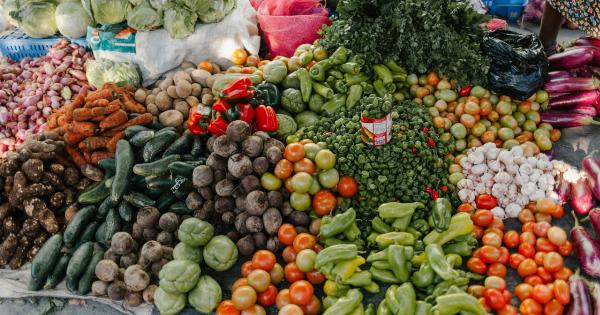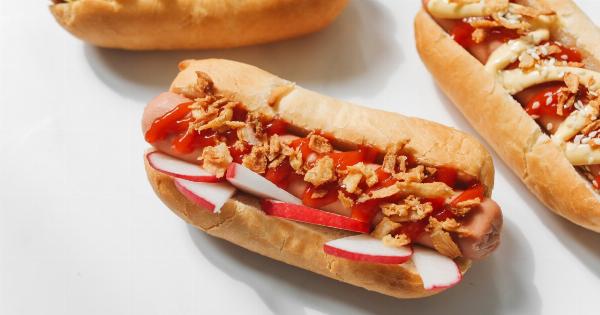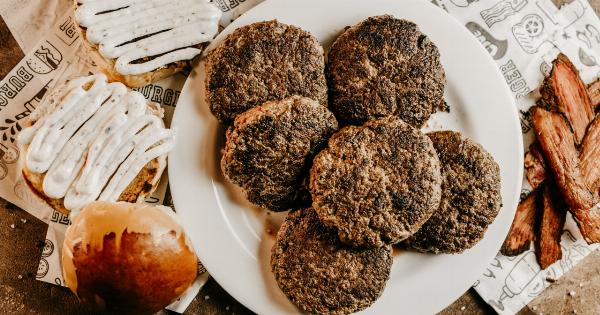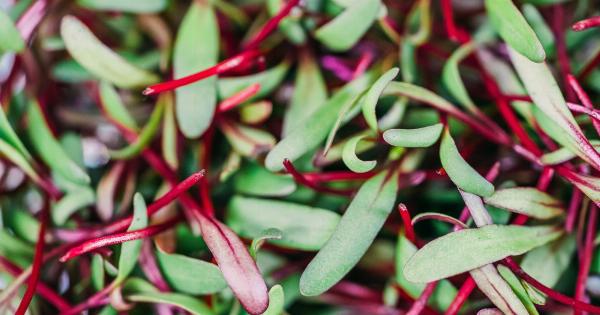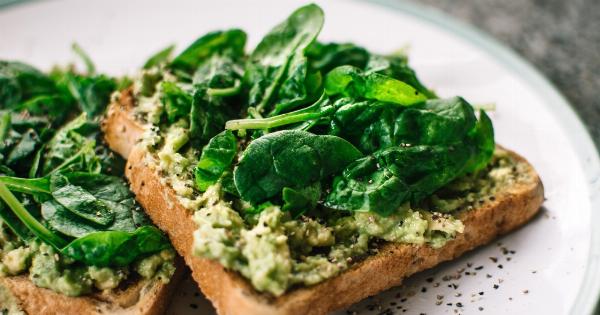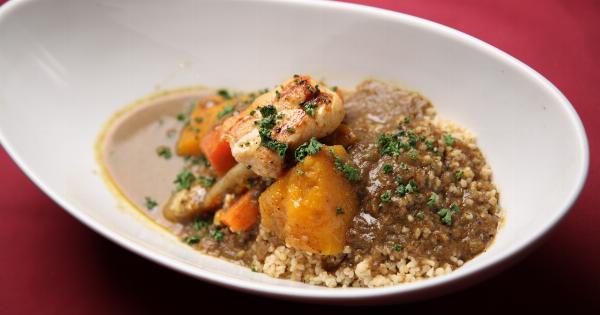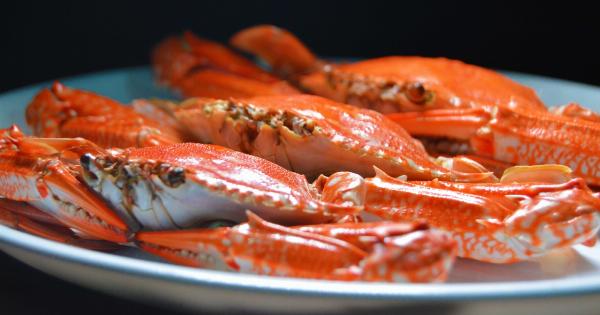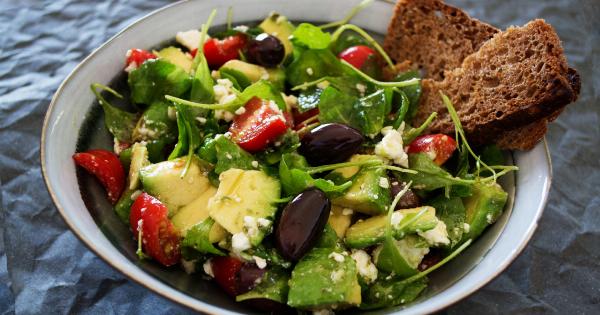Lagana is a traditional Greek flatbread that has been enjoyed for centuries. It is a staple food in Greece, especially during the Lenten season. The legacy of Lagana dates back to ancient times, and its delicious saga has continued to this day.
In this article, we will explore the history and significance of Lagana, as well as its various uses and recipes.
The Origins of Lagana
Lagana has been a part of Greek cuisine for thousands of years. In ancient Greece, it was a popular food that was baked and consumed during the spring festival of Anthesteria, which celebrated the deity Dionysus.
The Greeks also used Lagana as a form of bread during Lent, as it contains no animal products and is therefore suitable for fasting.
The Significance of Lagana
Lagana has deep cultural significance in Greece. It is a symbol of renewal and rebirth in the spring, and a reminder of the importance of fasting and sacrifice during Lent.
In some regions of Greece, people still follow the ancient tradition of baking Lagana on Clean Monday, the first day of Lent. They decorate their Lagana with sesame seeds, marking it with a sign of the cross, and then share it with family and friends.
The Ingredients of Lagana
The basic ingredients of Lagana are flour, yeas, salt, and water. The dough is then kneaded and rolled into a flatbread, which is typically topped with sesame seeds, olive oil, and sometimes other flavors like herbs, cheese, or olives.
The Variations of Lagana
There are many different variations of Lagana, depending on the region and the occasion. In some parts of Greece, Lagana is made with tsoureki dough, which is sweetened with sugar and flavored with orange zest.
In other regions, it is made with a potato-based dough, which results in a dense and chewy Lagana. Lagana can also be stuffed with various fillings, such as spinach, feta cheese, or sausage.
The Uses of Lagana
Lagana is a versatile bread that can be used in many different ways. It can be served as a side dish to accompany a hearty Greek meal, or as a snack on its own.
It is also often used as a base for pizza, topped with traditional Greek ingredients like feta cheese, olives, and tomatoes. In some regions of Greece, Lagana is used to create traditional dishes like kolokythopita, a savory pumpkin pie made with Lagana dough.
The Recipes of Lagana
Making Lagana is a simple and satisfying process. Here is a basic recipe to get you started:.
: Ingredients
- 4 cups all-purpose flour
- 2 tsps instant yeast
- 2 tsps salt
- 1 ½ cups warm water
- 1 tbsp olive oil
- ¼ cup sesame seeds
: Instructions
- In a large bowl, mix together the flour, yeast, and salt. Add the water and olive oil, and mix until a dough forms.
- Knead the dough on a floured surface for about 10 minutes, until it becomes smooth and elastic.
- Place the dough in a clean, oiled bowl, cover with plastic wrap, and let it rise for about an hour, or until it has doubled in size.
- Preheat your oven to 375°F. Roll out the dough into a large, rectangular shape, about ½ inch thick.
- Sprinkle the sesame seeds evenly over the top of the dough, and press them gently into the surface.
- Bake for about 25-30 minutes, or until the bread is golden brown and sounds hollow when tapped on the bottom.
- Remove from the oven and let it cool for a few minutes before slicing and serving.
In Conclusion
The legacy of Lagana is rich and delicious, spanning thousands of years of Greek cuisine.
Whether enjoyed on its own as a simple flatbread or used as a base for more complex dishes, Lagana remains a staple of the Greek diet and a symbol of cultural significance.






